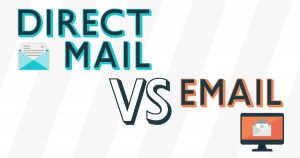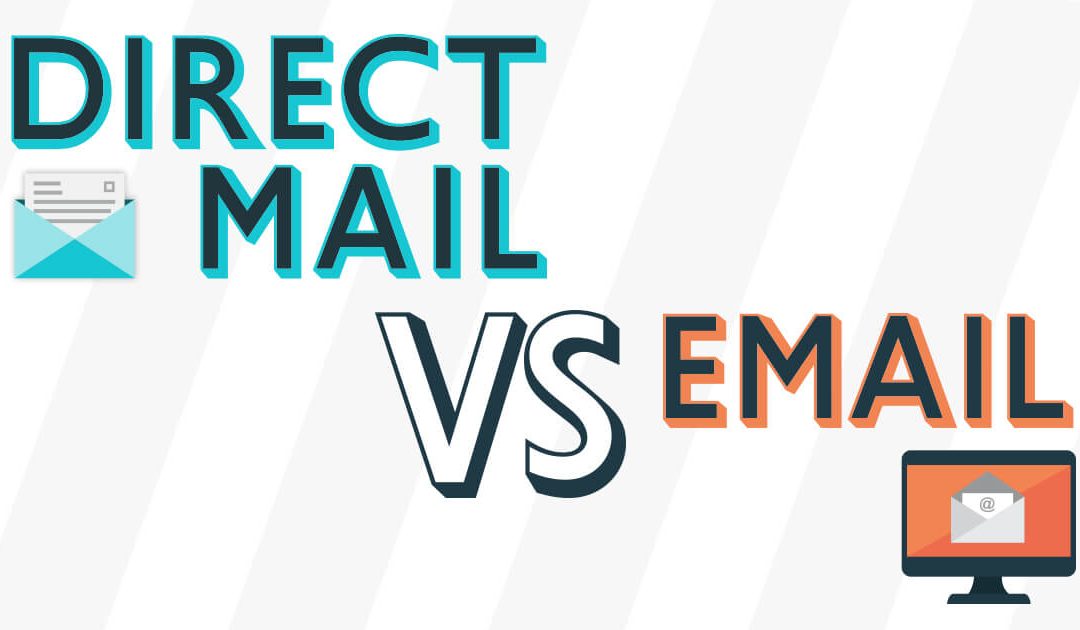
When It comes time to decide how to spend your money on marketing your store closing sale or retirement sale, the choice between using direct mail or email is very difficult. A recent post on Hubspot Marketing Blog goes along way towards convincing me that EMAIL is KING. Read the post and see what you think.
“An Investigation Into the ROI of Direct Mail vs. Email Marketing [DATA]”
Written by Juliette Kopecky@julietteko
As marketers, we’re often faced with a do-this-or-do-that decision when planning our strategies. There’s no limit to the number of channels and marketing tools we have at our disposal, so sometimes, due to resource restraints, we’re forced to make the tough choices.
Making the decision about which one is the best, however, can be difficult, time-consuming, and, quite frankly, overwhelming. For example, if you already have a database full of leads, you might be tasked with finding the best way to convert them into paying customers. Some options might be to send them an email, use direct mail, engage with them in social media, or have your sales team reach out. But how do you determine which option is best?
If you’re like us, then you love data — we’re always looking for ways to make decisions based on what the data tells us.That’s why our ears perked up when we discovered a fantastic article published by the Harvard Business Review called “Why Email Marketing Is King,” which analyzes the effectiveness of email marketing as it compares to direct mail. The article goes through the advantages of email marketing vs. direct mail, which include its low cost, measurability, and the choose-your-own-adventure path a recipient can take based on how they interact with the email and the content associated with it. The article then walks the reader through a brief case study on one company’s (a retailer) experiment to compare the results from doing a combined direct mail and email campaign, a direct mail-only campaign, and an email-only campaign. You can see the data from the article below:

The data presented from the study is fascinating, but I was still curious about exactly how many times better doing an email-only campaign was than doing a direct-only or direct and email campaign. So I decided to do some quick back-of-the-envelope calculations to answer this.
How Much More Effective Is an Email-Only Campaign?
The first step to figuring all this out was to calculate the ROI (return on investment) of each scenario in terms of revenue/spend. Calculating the ROI of marketing activities is the Holy Grail of marketing measurement. It allows you to make an apples-to-apples comparison of the efficiency of two different activities. To calculate ROI, you simply divide the results (in this case, revenue) by the investment (in this case, marketing spend). At HubSpot, we use the analogy of a marketing machine to think about ROI; I wanted to figure out for every dollar I put into the marketing machine, in each scenario, how many dollars I would get back from that investment.
I first calculated the total revenue associated with each scenario using the equation:
 total revenue = total number of prospects * response rate * average order value
total revenue = total number of prospects * response rate * average order value
Then, I looked at what the total marketing spend was for each scenario. In the article, it states “direct mail costs more than $600 per thousand pieces,” so to be conservative, I assumed the cost/piece of direct mail = $600/1,000, or $.60/piece. Also stated in the article was that “direct mail costs about 100 times as much [as email],” so to be conservative, I assumed that cost/email = $.60/100 or $.006/email. Based on these assumptions, I calculated the total spend using the equation:
total spend = (cost/piece of direct mail * total # of prospects) + (cost/email * total # of prospects)

From there, it was easy to calculate the ROI of each scenario by using the equation: ROI = total revenue / total spend

Based on this, I can see that in the email-only scenario, for every dollar I spent, I got $2,600 back from my marketing machine. That’s one heck of a return! For the direct mail-only campaign, each dollar spent returned $27, which means that the email-only campaign performed 95x times better in terms of ROI. Pretty impressive results!
The results of this experiment are definitely impressive, and provide a way to compare two very different marketing tactics. If I were to put a critical eye to this to provide advice to marketers, however, I might want to also consider the following:
Are these results replicable? For example, if you switch to email-only exclusively, then would you continue to see the same results in terms of ROI?
Are there unaccounted for costs associated with these scenarios? For example, how much time is spent creating the content for each?
Is there a combination that would yield an even better ROI? For example, are there contact properties that you could segment on to get even better results?
Would other types of businesses see similar results? For example, would a B2B services company see similar results to what the company in this article saw?
What do you think about the results from the HBR article?”


